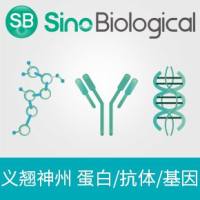A Yeast Secretion Trap Assay for Identification of Secreted Proteins from Eukaryotic Phytopathogens and Their Plant Hosts
互联网
互联网
相关产品推荐

yscM/yscM蛋白/yscM; Yop proteins translocation protein M蛋白/Recombinant Yersinia enterocolitica Yop proteins translocation protein M (yscM)重组蛋白
¥69

植物硅含量检测试剂盒,用于对样本中Phytolith含量检测,Plant Silicon Content Assay Kit
¥416

Recombinant-Probable-microcin-H47-secretionprocessing-ATP-binding-protein-MchFmchFProbable microcin-H47 secretion/processing ATP-binding protein MchF EC= 3.4.22.-
¥14980

SARS-CoV-2 (2019-nCoV) Nucleocapsid/N Antibody Titer Assay Kit | SARS-CoV-2 (2019-nCoV) Nucleocapsid/N Antibody Titer Assay Kit
¥5000

Recombinant-Mouse-Ectodysplasin-AEdaEctodysplasin-A Alternative name(s): EDA protein homolog Tabby protein Cleaved into the following 2 chains: 1. Ectodysplasin-A, membrane form 2. Ectodysplasin-A, secreted form
¥12250
相关问答

